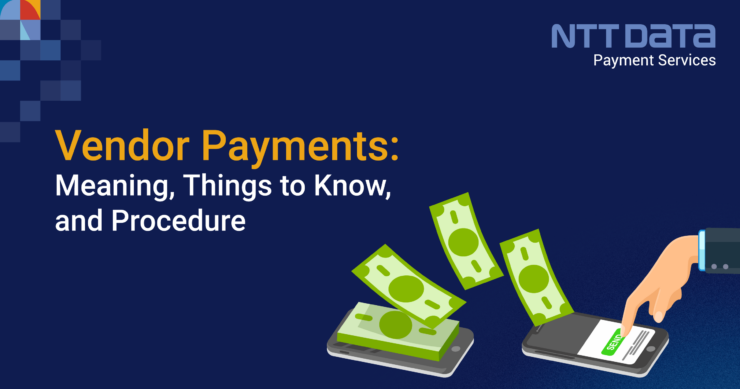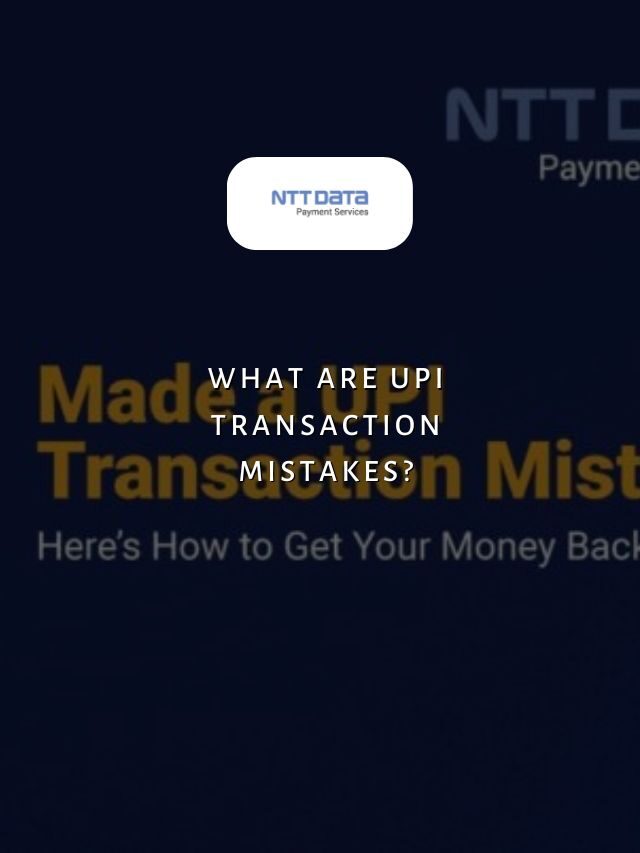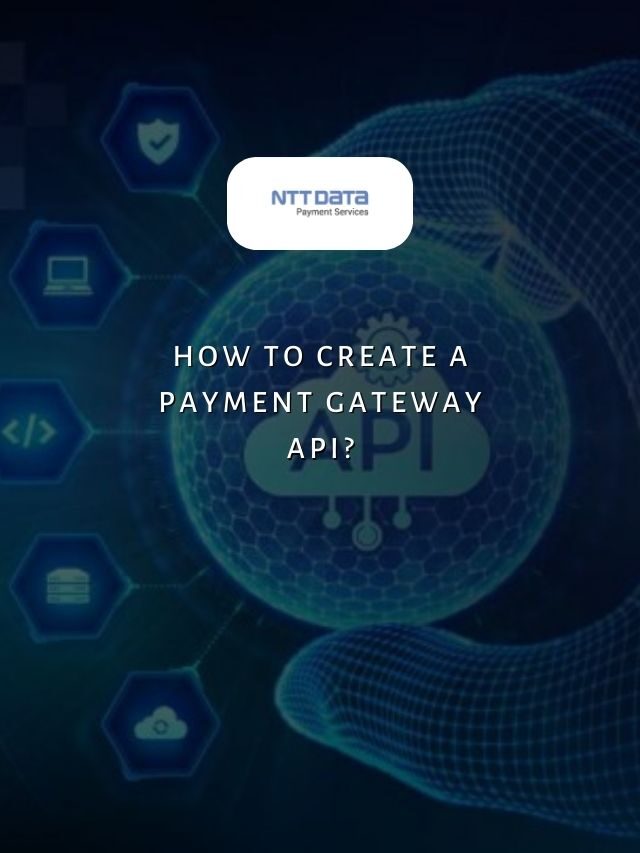
Table of Contents
In India, the vendor payments industry is undergoing a massive transformation. In business, paper invoices are being phased out in favor of complete vendor payment automation. Meanwhile, many market participants are still grappling with this shift. SMEs are reporting slow vendor payment processing. As a result, we’ve created a guide to help you understand everything from the ground up.
It starts with a company placing an order to buy goods or services from an outside vendor, supplier, or provider. It issues the vendor with a purchase order. The business will receive an invoice from the vendor once the goods or services ordered are delivered. In the final step, the company pays the vendor for this invoice.
Prompt and systematic vendor payment management will ensure a stable relationship with suppliers or vendors. It also provides that the company can pay off all of its liabilities before the invoice due dates arrive, avoiding the risk of interest or late payment penalties. It fosters a strategic partnership with a pool of vendors, promoting long-term business growth.
Streamlining Vendor Payments: What You Need to Know and Step-by-Step Procedures

1. Improving Accounts Payable Function
Large corporations use their leverage to secure an extended credit cycle. It impacts smaller businesses’ payment capabilities, causing them to struggle to make timely payments. It spirals the overall payment ecosystem, causing many payment-related issues, such as delayed deliveries, that spread throughout the system.
Businesses must recognize that they must seize opportunities to free up already limited working capital. Accounts payable optimization improves vendor relations and adds much-needed liquidity to the overall business. It is critical to develop a collaborative approach to improve vendor management and instill best payment practices.
2. Set Up Automated Management Workflows
Management workflows are critical in assisting organizations to be proactive and resolve issues that impede the supply chain. You can set up automatic, timely reminders to vendors to share their invoices, depending on the level of automation you choose. Furthermore, you can use more specialized software or payment gateways to generate purchase orders for each new order, automatically scan invoices, and track delivery receipts.
3. Payment Centralization
From a corporate standpoint, centralizing the payment process has several advantages. Of course, having subsidiaries maintain control over their funding and payment processes has advantages.
In a nutshell, vendor payment management helps in tracking the following:
- Vendor payments in various currencies
- Managing a large number of vendors
- Tracking credit period lengths that vary
- Cash flow management is required because there are multiple branches and units from which payments are made.
- Sale and purchase transactions with the same vendor that require liability offsetting
- Timely payments are necessary to ensure compliance with the MSME Act and GST laws.
Recent Web Stories
Process of Vendor Payments
Step 1: The first step is to acquire the invoice from the respective vendor.
Step 2: Check the purchase invoice for completeness and accuracy. Check for the vendor’s authorized signatory’s approval.
Step 3: The accounting system must contain the necessary entry to account for the invoice. Where applicable, understand, calculate, and account for taxes.
Step 4: Where applicable, deposit TDS with the government within the due dates specified in the Income Tax Rules in the required form. If vendors still need to upload the invoices for which you can claim ITC, follow up with them.
Step 5: Attain approval from the authorized signatory to make the invoice payment.
Step 6: Make the vendor payment and enter it into the books with a payment voucher after deducting the TDS. Pay using the method agreed upon in advance between the vendor and your company.
Challenges of Vendor Payments
- Manual data entry: It is one of the enormous challenges faced by vendors due to multiple invoices.
- Compliances: The firm must ensure that TDS is deducted from all bills to be paid. Once the TDS has been taken, the TDS must be submitted through the approved portal. As a result of the error-prone manual system, the company frequently risks selecting incorrect TDS rates and paying incorrect amounts of TDS.
- Processing is ineffective: Processing vendor payments manually takes a long time, especially if you have new vendors to pay. You must first add your new vendor as a beneficiary on your bank portal, then wait for the cooling period to expire before making a payment.
How To Manage Vendor Payments Effectively
While we already have an effective online payment gateway platform that offers a seamless user experience, our goal is to simplify the complicated financial operations businesses must deal with.
Our vendor payment solution is a significant step toward that goal.
- Instead of navigating multiple platforms, you can complete your entire process on a single platform where everything is at your fingertips.
- an intelligent and responsive dashboard replaces multiple spreadsheets.
- Allows for the automation of approvals within time constraints.
- Bill payment is made more accessible with less manual intervention.
- Allows your company to keep track of its cash flows in real-time.
| Also, you can get frequent updates on nttdatapayments Instagram page. |
Frequently Asked Questions (FAQs)
1. What is a vendor?
Vendors are individuals who buy and sell goods or services. Large retailers resell goods at higher retail prices and are purchased wholesale from several vendors.
2. What does vendor reconciliation mean?
It refers to reconciling the vendor statements to avoid inaccuracy in the appropriate balances. It ensures to remove or prevent any discrepancies.
3. What are several terms used in vendor payments?
The terms used in vendor payments include accounts payable function, management workflows, vendor reconciliation, manual data entries, and many more.







